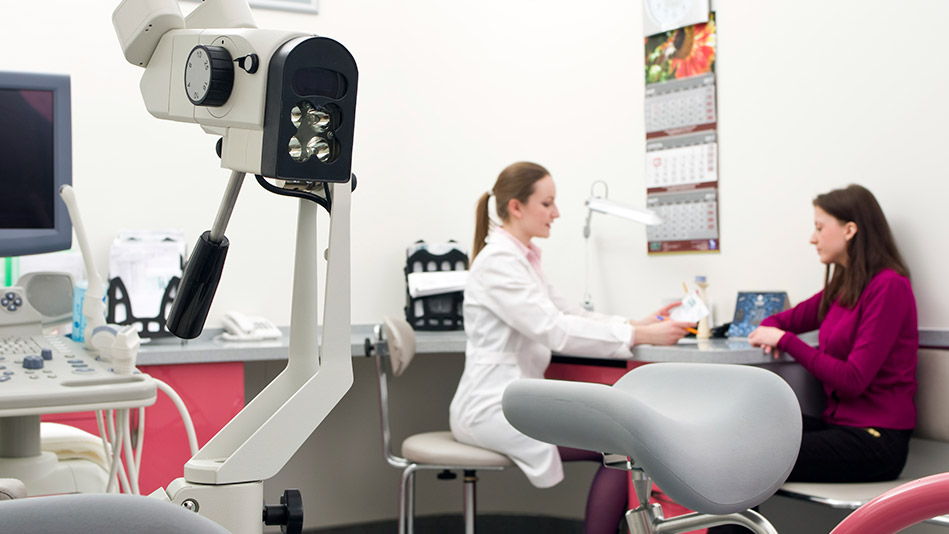Do You Still Need a Pap Smear?
The FDA recently approved an HPV test that is the first alternative tool for cervical cancer screening since the Pap debuted more than 60 years ago. Here's what you need to know.

Photo: Tatyana Sokolova, iStock/360, Thinkstock
How does the test work?
It's a vaginal swab test that detects the DNA of the human papilloma virus (HPV), which causes nearly all cases of cervical cancer. (While this test was approved three years ago to be used in conjunction with the Pap, the FDA's recent ruling would allow women over 25 to choose the HPV test instead of the Pap.)
How does it differ from a Pap?
What happens during your doctor's visit will seem exactly the same; the difference lies in how the samples are analyzed. While a Pap can look at a cervix sample for evidence of precancerous or cancerous cells caused by HPV, the HPV test pinpoints HPV 16 and HPV 18—the types responsible for around 70 percent of all cervical cancers—as well as 12 other high-risk types.
What does it cost?
Insurance covers the test for women 30 and older, but it may not be covered for younger patients.
So, can I skip a Pap?
Official screening guidelines have yet to be set by major medical groups, but a study of more than 47,000 women funded by Roche, the test's manufacturer, found that the HPV test may be more accurate than the Pap. Roughly one in ten women who tested positive for either HPV 16, 18, or both and had precancerous cells had normal Paps. For now, the test gives women another option for screening, but talk to your doctor about what's right for you.
It's a vaginal swab test that detects the DNA of the human papilloma virus (HPV), which causes nearly all cases of cervical cancer. (While this test was approved three years ago to be used in conjunction with the Pap, the FDA's recent ruling would allow women over 25 to choose the HPV test instead of the Pap.)
How does it differ from a Pap?
What happens during your doctor's visit will seem exactly the same; the difference lies in how the samples are analyzed. While a Pap can look at a cervix sample for evidence of precancerous or cancerous cells caused by HPV, the HPV test pinpoints HPV 16 and HPV 18—the types responsible for around 70 percent of all cervical cancers—as well as 12 other high-risk types.
What does it cost?
Insurance covers the test for women 30 and older, but it may not be covered for younger patients.
So, can I skip a Pap?
Official screening guidelines have yet to be set by major medical groups, but a study of more than 47,000 women funded by Roche, the test's manufacturer, found that the HPV test may be more accurate than the Pap. Roughly one in ten women who tested positive for either HPV 16, 18, or both and had precancerous cells had normal Paps. For now, the test gives women another option for screening, but talk to your doctor about what's right for you.



